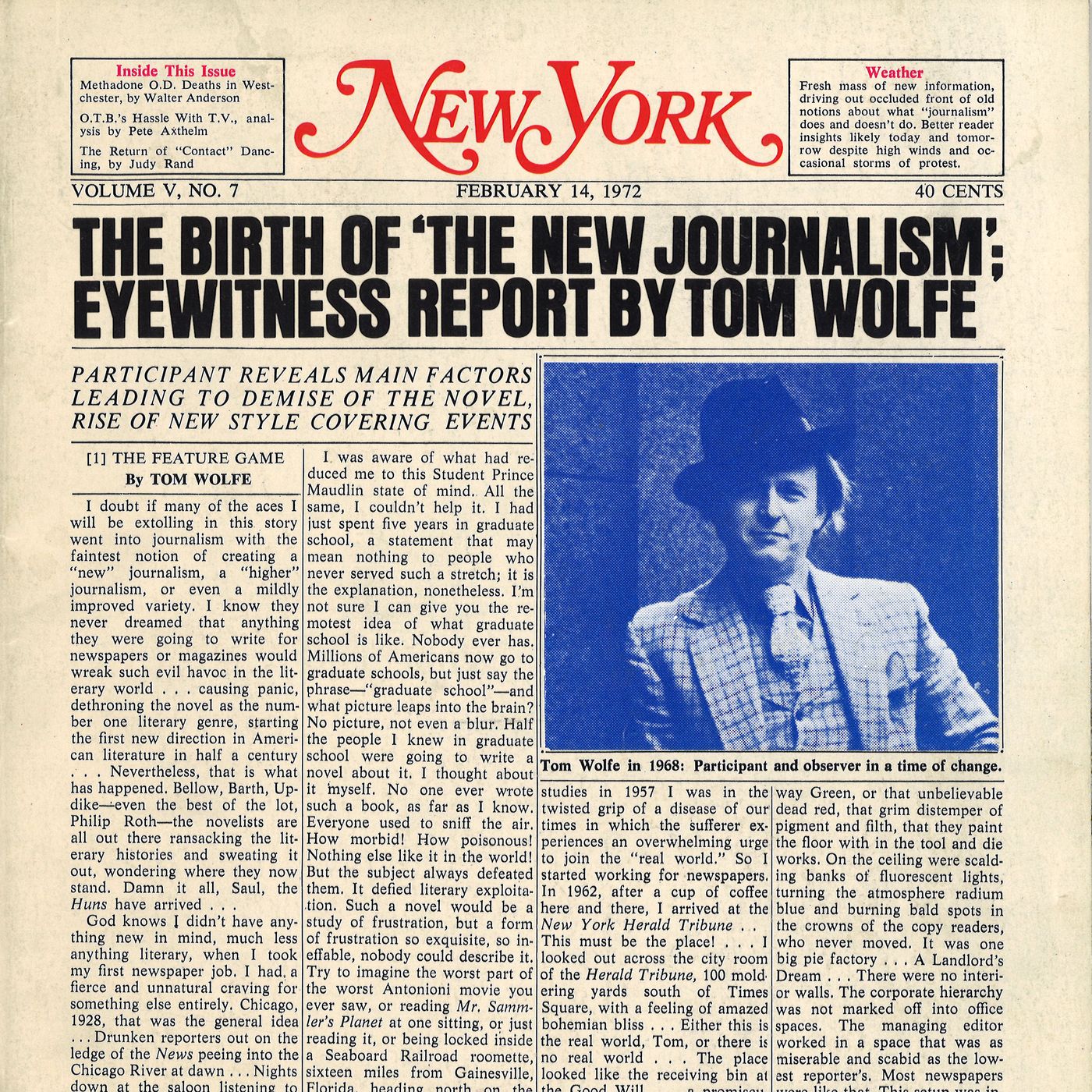9 Simple Techniques For News Articles
9 Simple Techniques For News Articles
Blog Article
Some Known Details About News Articles
Table of ContentsThe Of News Articles8 Simple Techniques For News ArticlesExamine This Report on News Articles7 Easy Facts About News Articles ShownThe Buzz on News Articles
Great knowledge of various subjects offers students an one-upmanship over their peers. Although digital and social media sites are easily available, we ought to not fail to remember how vital it is to review the newspapers. Moms and dads should attempt and inculcate the behavior of reviewing a newspaper as a daily regimen to proceed the heritage of the adored print tool.Information tales also have at least one of the adhering to important attributes family member to the desired target market: distance, prestige, timeliness, human rate of interest, anomaly, or consequence.
Within these limits, news tales also intend to be extensive. Amongst the bigger and more reputable papers, justness and equilibrium is a significant variable in providing info.
Papers with an international audience, for example, have a tendency to utilize a much more official design of composing. News Articles.; common design overviews consist of the and the US News Design Book.
How News Articles can Save You Time, Stress, and Money.
Generally, journalists will not make use of a lengthy word when a short one will certainly do. They make use of subject-verb-object building and construction and vibrant, energetic prose (see Grammar). They provide narratives, instances and metaphors, and they rarely depend upon generalizations or abstract ideas. News writers attempt to avoid making use of the exact same word greater than once in a paragraph (occasionally called an "resemble" or "word mirror").
Headlines in some cases leave out the subject (e.g., "Leaps From Watercraft, Catches in Wheel") or verb (e.g., "Feline woman fortunate"). A subhead (likewise subhed, sub-headline, subheading, caption, deck or dek) can be either a subservient title under the primary headline, or the heading of a subsection of the write-up. It is a heading that comes before the primary message, or a group of paragraphs of the main text.

of a post topic, source, or interviewee), it is referred to as a drawn quote or pull quote. Additional signboards of any of these types might show up later in the post (particularly on subsequent web pages) to attract more reading. Journalistic web sites sometimes make use of animation techniques to exchange useful source one signboard for one more (e.g.
Little Known Questions About News Articles.
Such billboards are likewise used as reminders to the write-up in other areas of the magazine or website, or as advertisements for the piece in other magazine or sites. Press release of the Swiss federal government. Regular framework with title, lead paragraph (summary in strong), other paragraphs (information) and contact information.

Instance of a hard-lead paragraph NASA is suggesting one more area job. The firm's budget request, announced today, Learn More consisted of a strategy to send one more goal to the Moon. This time the agency intends to establish a long-term facility as a jumping-off place for other room adventures. The budget plan requests about $10 billion for the job.
An "off-lead" is the second most crucial front web page information of the day. To "hide the lead" is to start the post with background info or details of secondary importance to the viewers, compeling them to check out more deeply right into a short article than they need to have to in order to find the crucial factors.
What Does News Articles Do?
Typical use is that one or 2 sentences each create their very own paragraph. Journalists normally describe the organization or structure of a news tale as an upside down pyramid. The necessary and most fascinating aspects of a tale are placed at the start, with supporting info following in order of decreasing importance.
It allows people to explore a subject to just the depth that their inquisitiveness takes them, and without the charge of details or subtleties that they could think about unimportant, however still making that info available to more interested readers. The inverted pyramid structure also makes it possible for short articles to be cut to any type of approximate length during layout, to fit in the area readily available.
Some authors begin their tales with the "1-2-3 lead", yet there are numerous kinds of lead available. A kicker can refer to multiple points: The last tale in the information broadcast; a reference "happy" story to finish the program.
Longer short articles, such as publication cover write-ups and the items that lead the within sections of a paper, are recognized as. Function tales differ from straight information in a number of methods.
An Unbiased View of News Articles
An attribute's first paragraphs usually relate a fascinating minute or occasion, as in an "unscientific lead". From the details of a person or episode, its sight promptly broadens to abstract principles regarding the story's subject.

The Editor's Toolbox: A Recommendation Overview for Beginners and Professionals (2001) Allan M. Siegal and William G. Connolly. The New York City Times Guidebook of Design and Usage: The Official Design Overview Made Use Of by the Writers and Editors of the Globe's Many Reliable Paper (2002) M. L. Stein, Susan Paterno, and R.
Report this page